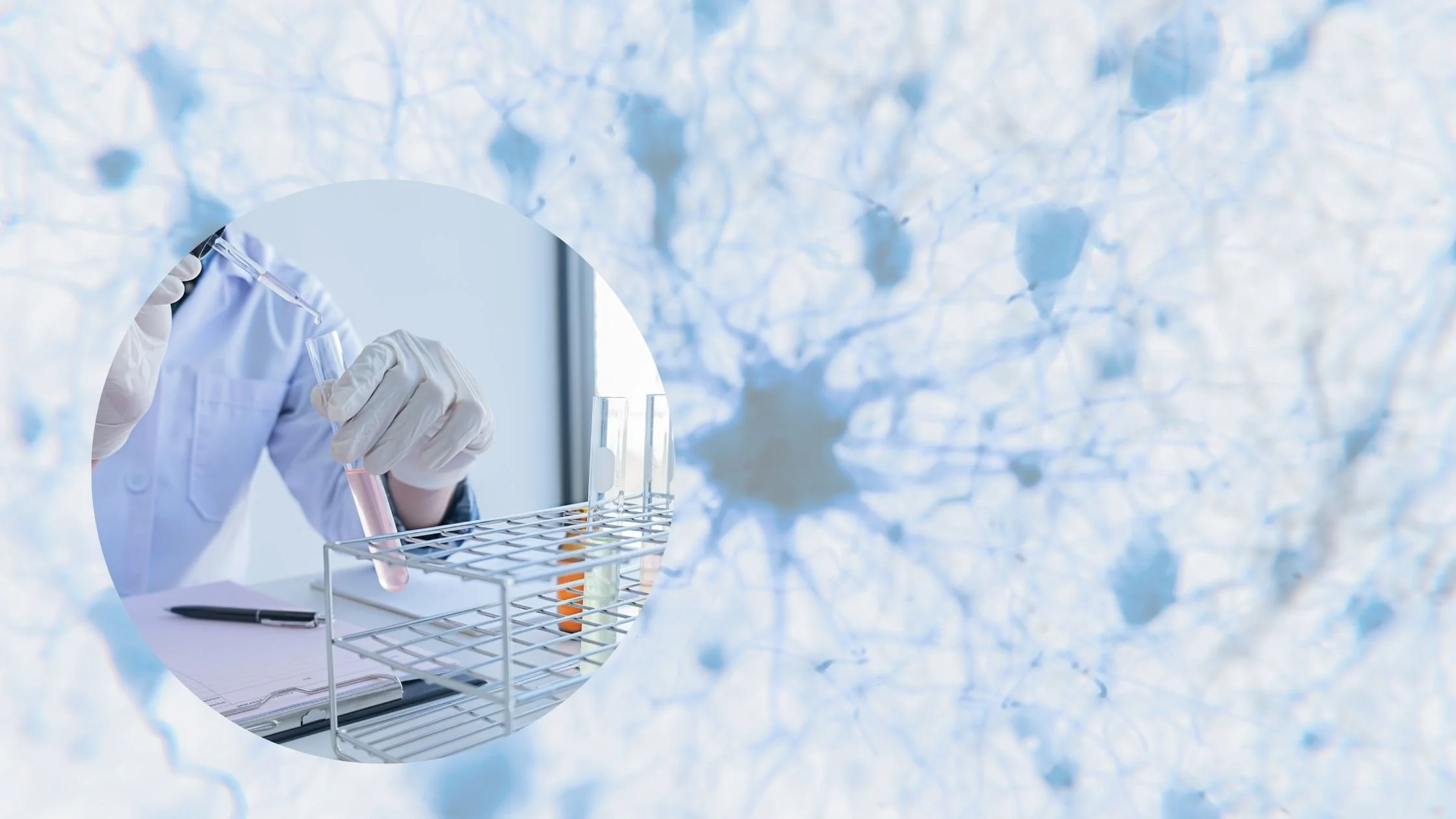Next-Generation Methodologies in Neurogenomics: Leveraging Spatial and Single-Cell RNA Sequencing
The central nervous system (CNS) is characterized by remarkable cellular diversity and spatial organization, both of which are critical to brain function and highly relevant to the progression of neurological disorders. Neurodegenerative diseases such as Alzheimer’s, Parkinson’s, ALS, and MS involve complex, multicellular interactions that single-cell and spatial transcriptomics can help unravel by investigating gene expression patterns at the level of individual cell types and their spatial organization within tissues.
Next-generation sequencing (NGS) technologies—particularly single-cell RNA sequencing (scRNA-seq) and spatial transcriptomics—are enabling researchers to dissect these complexities at an unprecedented resolution. These methods are reshaping our understanding of cell-type-specific contributions to disease, regional vulnerability, and the molecular mechanisms that drive neurodegeneration.
Defining Cell Identity and State with Single-Cell Sequencing
scRNA-seq allows transcriptomic profiling at the resolution of individual cells, making it possible to capture rare cell populations, track dynamic cellular responses, and uncover cell-state transitions over time.
Applications in Neuroscience
Characterizing transcriptional changes in specific neuronal and glial subtypes across disease stages
Identifying reactive or disease-associated microglia and astrocytes, which may play active roles in neurodegeneration
Resolving cellular heterogeneity within affected regions, enabling stratification of neuronal vulnerability
Recent studies have leveraged scRNA-seq to uncover disease-associated microglial phenotypes in Alzheimer’s models, and profile region-specific neuron loss in Parkinson’s disease. These discoveries laid the groundwork for novel therapeutic strategies targeting cell-type-specific dysfunction.
Preserving Regional and Microenvironmental Context with Spatial Transcriptomics
While single-cell data enables high-resolution characterization of gene expression, spatial transcriptomics retains the tissue architecture, allowing researchers to localize transcriptional changes to precise anatomical regions.
Applications in CNS Research
Mapping the progression of neuropathology across cortical and subcortical regions
Profiling spatially restricted molecular signatures associated with amyloid plaques, neurofibrillary tangles, or demyelinated lesions
Understanding cell–cell and cell–matrix interactions within specific microenvironments
Spatial transcriptomic approaches have been instrumental in revealing early transcriptional alterations in Alzheimer’s-affected hippocampal subfields.
Integration of Modalities: A Systems-Level View of the Brain
The integration of single-cell and spatial transcriptomics provides a multidimensional framework for CNS research:
Single-cell data identifies cellular phenotypes and transcriptional states
Spatial data anchors these profiles within defined anatomical and pathological regions
Combined, these data types enable reconstruction of cellular networks and spatial hierarchies relevant to disease pathogenesis
This integrative strategy is particularly powerful for modeling disease progression, identifying spatially constrained therapeutic targets, and elucidating the interplay between inflammation, neurodegeneration, and repair mechanisms.
Supporting High-Resolution Neurogenomic Research
Admera Health offers comprehensive NGS services that support CNS and neurological disorder research, including:
Optimized single-cell RNA-seq workflows with customizable input requirements
Spatial transcriptomic services compatible with fresh frozen or FFPE tissue
Advanced bioinformatic analysis pipelines tailored to neuroscience applications
Our team supports researchers to help decode the molecular architecture of the brain—enabling precise insights into gene expression patterns with cutting-edge single-cell and spatial transcriptomics technologies coupled with our team of expert scientists and bioinformaticians. Learn more about single-cell sequencing applications and Admera’s capabilities in supporting single-cell discoveries.
Connect with an expert to learn more about how Admera Health can support your neuroscience research with single-cell analysis and high-resolution spatial transcriptomics.

